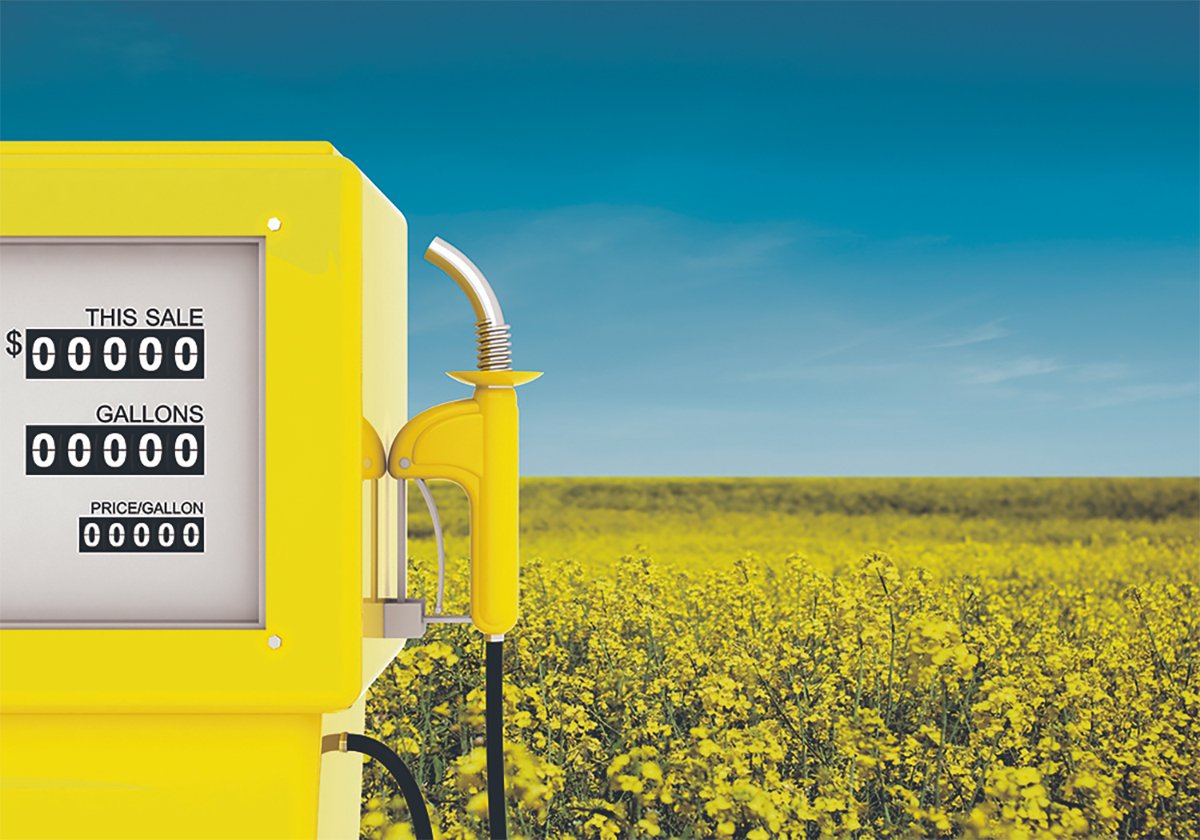The enormous spread between green and yellow peas will narrow in the coming months as green prices fall and yellows rise, predicts a pulse analyst.
The average delivered elevator price for green peas in Saskatchewan was $12.25 per bushel as of Nov. 19, compared to $8.47 per bu. for yellows.
That works out to a spread of $3.78 per bu., largely due to a shortage of green pea production in Canada.
Green and yellow peas were essentially parallel priced until November 2011, when it became clear Canada had harvested a disappointing crop.
Read Also

Biofuel sector happy with federal budget
Advanced Biofuels Canada says new Biofuel Production Incentive is a lifeline until CFR amendments are in place.
“That’s when greens initially started to inch away and then eventually started to run away from yellows,” said Harold Davis, author of prairiecropcharts.com.
Stat Publishing said green pea prices are bolstered by a poor crop in Argentina, where growers are expected to harvest 170,000 tonnes of green peas, down from pre-harvest forecasts of 200,000 tonnes.
There are concerns that only 30 percent of Argentina’s crop will be equivalent of a No. 2 grade in North America, with 41 percent destined for livestock feed or extremely price conscious markets.
Davis thinks the rapid run-up in green prices could be coming to an end.
“They’re in a fast bull market and that’s often the prelude to topping action,” he said.
Larry Weber of Weber Commodities Ltd. agreed. He advises his subscribers to make certain their green peas are sold before Statistics Canada comes out with its first acreage estimate in April because growers will plant as much green pea seed as they can get their hands on.
Davis is bullish on yellow peas because they are such good value. At one point in late September, the crop was selling for the same price as feed peas f.o.b. farm in Saskatchewan.
“Since then, yellows have rebounded a little bit in prices whereas feed peas have gone sideways, so that spread has opened up a little bit,” he said.
The spread has grown to 73 cents a bu., and Davis expects it to continue to widen as yellow peas snap out of their slumber. Buyers have been holding off on purchases because of a currency crisis, but Canadian pulse exporters say that situation is beginning to resolve itself.
“I would expect yellows at some point to reawaken and head to higher ground,” he said.
Feed pea prices have gained strength from the runup in corn and soy meal markets, a result of the devastating U.S. drought. However, feed peas haven’t come off their highs the way corn and soybeans have.
Davis suspects feed pea prices will stay where they are for awhile, even if corn and soy meal prices rebound, because they didn’t cool off when the Chicago commodities did.
Chuck Penner of LeftField Commodity Research said feed peas are more closely tied to feed wheat prices.
“As long as feed wheat prices stay elevated, feed pea bids will remain firm and provide a floor for yellow edible prices,” he wrote in a recent edition of Alberta Pulse Growers’ Pulse Market Insight newsletter.
Penner said some Canadian peas are being shipped to Spain, where they will be used in the livestock industry. He said the strong demand for feed peas is alleviating concerns about the potential for weaker pea demand from India.
“This market environment suggests that Indian pea prices will not be setting direction this year as they normally do,” he wrote. “That’s a good thing since prices in India are looking kind of saggy right now.”















